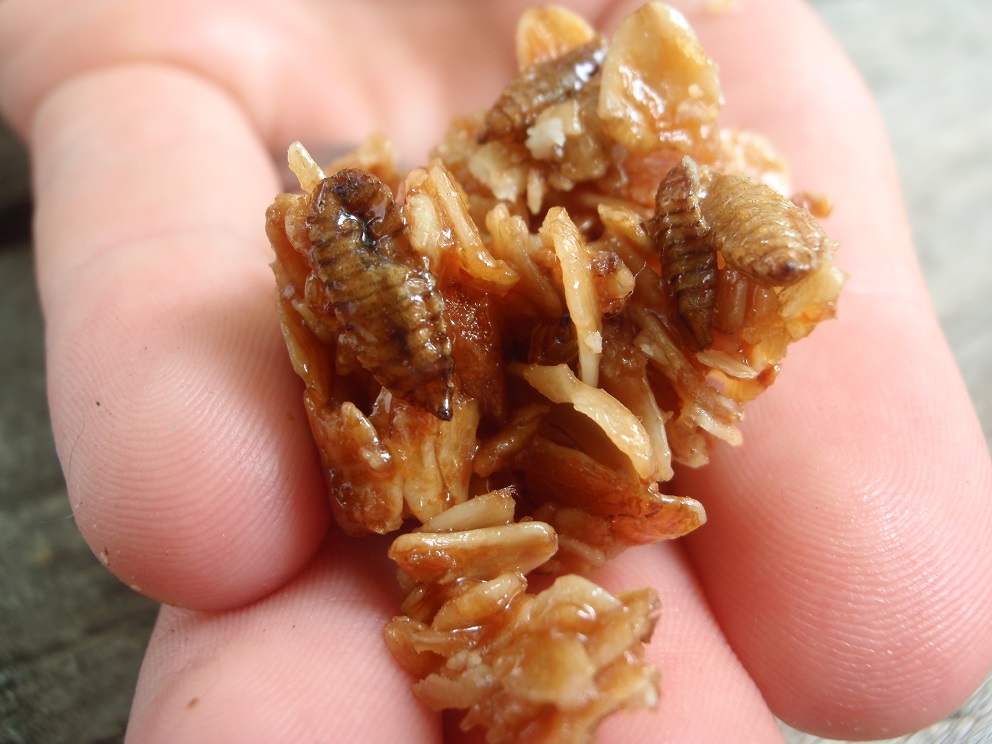Eating Bugs for a Better World
Tuesday, December 8th, 2015This is Passport to Texas
Experts predict the world’s population will increase to nine billion people by 2050. That’s two billion more mouths to feed. And Robert Nathan Allen, or RNA, says insects provide eco-friendly protein to keep us fed.
07— Compared to say a cow, where we can only really eat about forty percent of the cow, with insects we can eat most if not all of them.
Allen founded the nonprofit Little Herds to educate the public about insects as a nutritious alternative food source. Insects are high in protein, fiber and micro-nutrients. 70% of agricultural land supports meat production, which limits the industry’s future growth.
15—So, with insects, we can raise them in a modular fashion vertically on a fraction of the land as traditional livestock, with a fraction of the water, with a fraction of the feed, and end up with more nutritionally valuable protein.
Since founding Little Herds, RNA took a job with Aspire Foods Group; it farms edible insects in Ghana, Mexico and Austin, Texas. Forage for your own bugs in the wild, if you like, but RNA recommends eating farm raised bugs.
11—That way we can assure that they’re raised in a hygienic, safe, clean environment. We can make sure that there’s no risk of diseases and parasites, and we can make sure that they’re eating a clean, wholesome diet.
Learn more about edible insects in the December issue of Texas Parks and Wildlife magazine.
For Texas Parks and Wildlife, I’m Cecilia Nasti.



 Passport to Texas is a
Passport to Texas is a  Passport to Texas is made available by:
Passport to Texas is made available by: